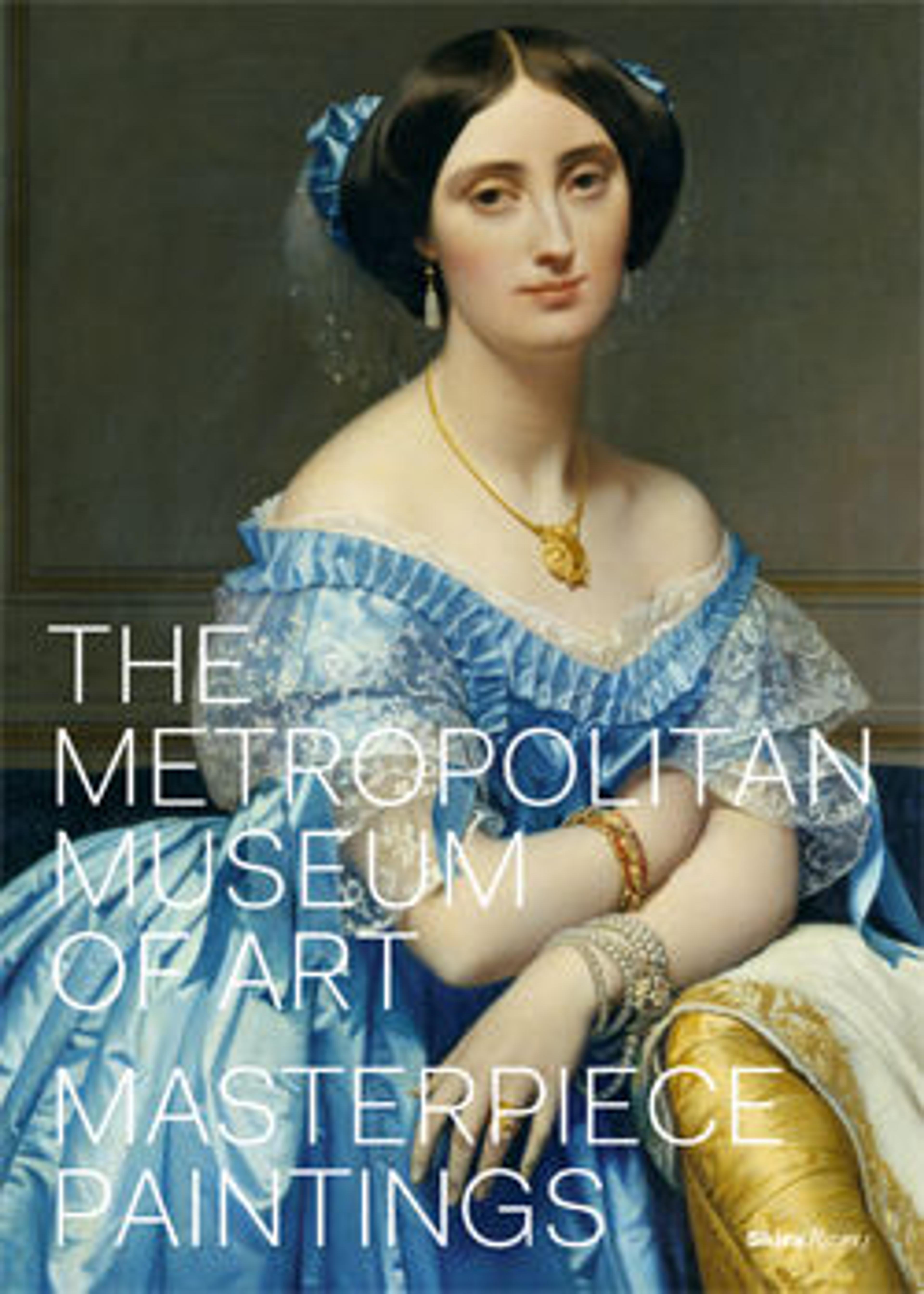Meeting between Yaoshan and Li Ao
This painting was inscribed by the Chan (Zen) Buddhist priest Yanxi Guangwen between 1254 and 1256, while he was abbot of Lingyin temple in Hangzhou. The work is an important example of early Chan Buddhist "apparition" painting, so called for its pale, sensitive brushwork.
Depicted here is a famous encounter between the Confucian scholar Li Ao (active ca. 840) and the Chan master Yaoshan. Having heard of the master's reputation, the scholar went to see him but was disappointed and remarked: "Seeing your face is not as good as hearing your name." The master replied: "Would you distrust your eye and value your ear?" Then, pointing up and down, the master indicated that the ultimate reality is in what can be seen, such as "clouds in the sky and water in a vase."
Yanxi Guangwen's inscription on the painting reads:
All moments of enlightenment come in a flash,
Why distrust your eye and value your ear?
Just as between the water and the clouds,
Do not say there is nothing there.
Just as the Chan master used riddles to sharpen the student's perception in spite of distracting hearsay, the Chan painter used a simple and spontaneous, albeit elusive, brush style to capture his fleeting vision of truth.
Depicted here is a famous encounter between the Confucian scholar Li Ao (active ca. 840) and the Chan master Yaoshan. Having heard of the master's reputation, the scholar went to see him but was disappointed and remarked: "Seeing your face is not as good as hearing your name." The master replied: "Would you distrust your eye and value your ear?" Then, pointing up and down, the master indicated that the ultimate reality is in what can be seen, such as "clouds in the sky and water in a vase."
Yanxi Guangwen's inscription on the painting reads:
All moments of enlightenment come in a flash,
Why distrust your eye and value your ear?
Just as between the water and the clouds,
Do not say there is nothing there.
Just as the Chan master used riddles to sharpen the student's perception in spite of distracting hearsay, the Chan painter used a simple and spontaneous, albeit elusive, brush style to capture his fleeting vision of truth.
Artwork Details
- 南宋 傳直翁 藥山李翱問道圖 軸
- Title: Meeting between Yaoshan and Li Ao
- Artist: Attributed to Zhiweng (Chinese, active first half of the 13th century)
- Period: Song dynasty (960–1279)
- Date: before 1256
- Culture: China
- Medium: Horizontal painting mounted as a hanging scroll; ink on paper
- Dimensions: Image: 12 1/2 x 33 1/4 in. (31.8 x 84.5 cm)
Overall with mounting: 49 1/8 x 34 in. (124.8 x 86.4 cm)
Overall with knobs: 49 1/8 x 36 1/4 in. (124.8 x 92.1 cm) - Classification: Paintings
- Credit Line: Edward Elliott Family Collection, Purchase, The Dillon Fund Gift, 1982
- Object Number: 1982.2.1
- Curatorial Department: Asian Art
Audio
7364. Meeting between Yaoshan and Li Ao
0:00
0:00
We're sorry, the transcript for this audio track is not available at this time. Please email info@metmuseum.org to request a transcript for this track.
More Artwork
Research Resources
The Met provides unparalleled resources for research and welcomes an international community of students and scholars. The Met's Open Access API is where creators and researchers can connect to the The Met collection. Open Access data and public domain images are available for unrestricted commercial and noncommercial use without permission or fee.
To request images under copyright and other restrictions, please use this Image Request form.
Feedback
We continue to research and examine historical and cultural context for objects in The Met collection. If you have comments or questions about this object record, please contact us using the form below. The Museum looks forward to receiving your comments.
